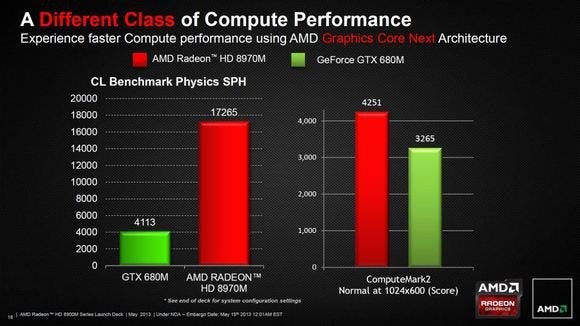Through all the change at Dell, EqualLogic has remained a rock of consistency and retains a loyal installed base.
After Dell bought Compellent and its progressive virtualized storage lineup for $960 million in December 2010, it didn't take long for it to take the smaller company's Fluid Data marketing scheme corporatewide, effectively making Compellent its lead storage brand.
Some folks at Dell's EqualLogic storage division might have taken umbrage at this, but if they did, they were quiet about it. Three years earlier, Dell had acquired the equally ahead-of-the-curve EqualLogic for $1.4 billion, with EqualLogic becoming the favorite child over Dell's previous co-branded storage with EMC.
Therein lies the story of IT: constant evolution.
From all that eWEEK has heard, both of those very different storage providers are thriving under Dell ownership. Both are gaining slowly but surely in market share; both serve different types of customers. EqualLogic is aimed at data centers that use iSCSI storage connectivity, while Compellent supplies storage for a variety of connections and for both hard disk and solid-state drives.
Compellent, thanks to its intelligent tiering and versatility in both hard-disk drive and solid-state media, is now the rising star in the midrange storage sector, challenging everybody—NetApp, HP 3PAR, EMC—in the market and coming away with wins.
Evidence of this came out Oct. 8 in a market survey issued by Deni Connor and James Bagley for Storage Strategies NOW, which indicates that Dell is now the No. 1 vendor of choice among enterprise storage buyers for deploying flash/SSDs. In the survey of 550 global companies, the results show that 32 percent of respondents currently use or have definitive plans to deploy flash/SSD technologies, and that Dell is first on their list to check out. This is 6 percentage points or more higher than storage market leaders EMC, NetApp, HP and IBM.
Through all this change, however, EqualLogic has remained a rock of consistency. There are a lot of older data centers in midrange-size companies that use iSCSI and don't need to change anything. EqualLogic fills that need, and thus has built a loyal installed base.
With this as background, the news here is that Dell has refreshed its EqualLogic lineup for the first time in two years; part of that news is NAND flash options are available for the first time. EqualLogic also will be able to run Compellent's Fluid File System for the first time, so mixing Dell storage products in a data center won't pose any problems.
The company also has updated its network switches and refreshed its data center management system. All of this was announced Dec. 10 at Dell World in Austin, Texas.
Here is a list of new features in EqualLogic's lineup:
--EqualLogic PS6210 Series arrays: With six models, including all-flash, hybrid and all-HDD options, the new arrays offer increased throughput, up to three times higher performance and four times the memory of prior generations with a faster, more powerful storage controller, Dell marketing executive Bob Fine told eWEEK. The scale-out architecture enables organizations to minimize I/O bottlenecks and address growing workloads with flash-enabled SANs that can achieve more than 1.2 million IOPS with less than 2-millisecond latency, Fine said.
--EqualLogic Array Software 7.0: This has new policy-based access controls and an improved user interface, available, like all EqualLogic software, at no additional charge for customers with active support contracts. There is a new 64-bit software version for new arrays that works seamlessly with a 32-bit version for older arrays.
--Dell EqualLogic SAN Headquarters 3.0: Dell's SAN monitoring software provides in-depth reporting and analysis and robust performance and event monitoring across multiple EqualLogic groups. The new release includes Array Software 7.0 features support and Dell SupportAssist enhancements.
--Dell Fluid File System (FluidFS) v3 on EqualLogic FS7610/7600: Dell's latest file system software decreases the capacity needed to store common enterprise file data by up to 48 percent by deduplicating and compressing redundant data when no longer needed. FluidFS v3 offers expanded protocol support and more third-party certifications, growing the ecosystem of industry-specific supported solutions, including leading health care picture archiving and communications system (PACS) vendors.
All the new Dell storage arrays and software are available this month, Fine said.










 Mike Homnick
Mike Homnick

 Excel
2013 is able to parse a table for like types of data and then autofill
the values in the remaining columns. In the canned example provided with
the preview version that I looked at in
Excel
2013 is able to parse a table for like types of data and then autofill
the values in the remaining columns. In the canned example provided with
the preview version that I looked at in